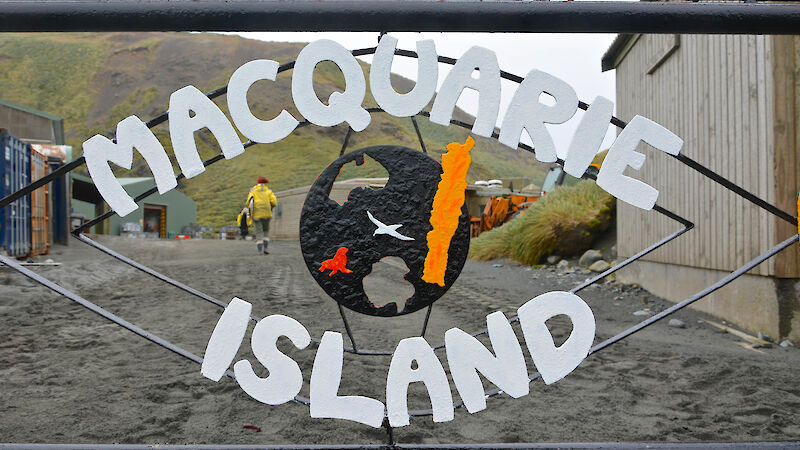The Australian Government through the Department of Climate Change, Energy, the Environment and Water's Australian Antarctic Division (AAD) operates the research station on Macquarie Island in a cooperative arrangement with the Tasmanian Government.
The Australian Government's Australian Antarctic Strategy and 20 Year Action Plan highlighted the need to urgently address the ageing infrastructure on Macquarie Island.
The station operates year-round and accommodates up to 40 expeditioners from the AAD, Bureau of Meteorology (BOM), Geoscience Australia (GA), Australian Radiation Protection and Nuclear Safety Agency (ARPANSA), and the Tasmanian Government.
Most of the station buildings were constructed prior to 1978. Assessments of the facilities over previous years has determined many are deteriorating due to the extreme weather and approaching the end of their useful life.
The buildings age and condition paired with concerns around environmental contamination, ocean inundation, and large natural weather events pose safety risks and present the need for significant reinvestment into station to maintain Australia's year-round presence and scientific research commitments.
In 2016, a previous project to upgrade the station began with a $50 million commitment from the Federal Government. The project aimed to finish by late 2022, however budget and cost risks identified during the planning phase combined with challenges caused by the COVID-19 pandemic resulted in delays and the decision not to proceed.
In 2024, the Australian Government acted to address the ongoing safety concerns on Macquarie Island by allocating $163.3 million in the 2024-25 Budget for the Macquarie Island Station Project (MISP) over a four-year period. Alongside this allocation, they announced an additional $207.8 million from July 2028 to June 2033 to support construction of the new research station.
This nine-year investment reflects the Australian Government's commitment to the future of Australia's presence on Macquarie Island, and the continued support of Australia's national interests and international obligations.
The construction of new facilities will provide a safer, more sustainable, and resilient station for critical science. Supporting the needs of both the Tasmania and the Australian Government.

